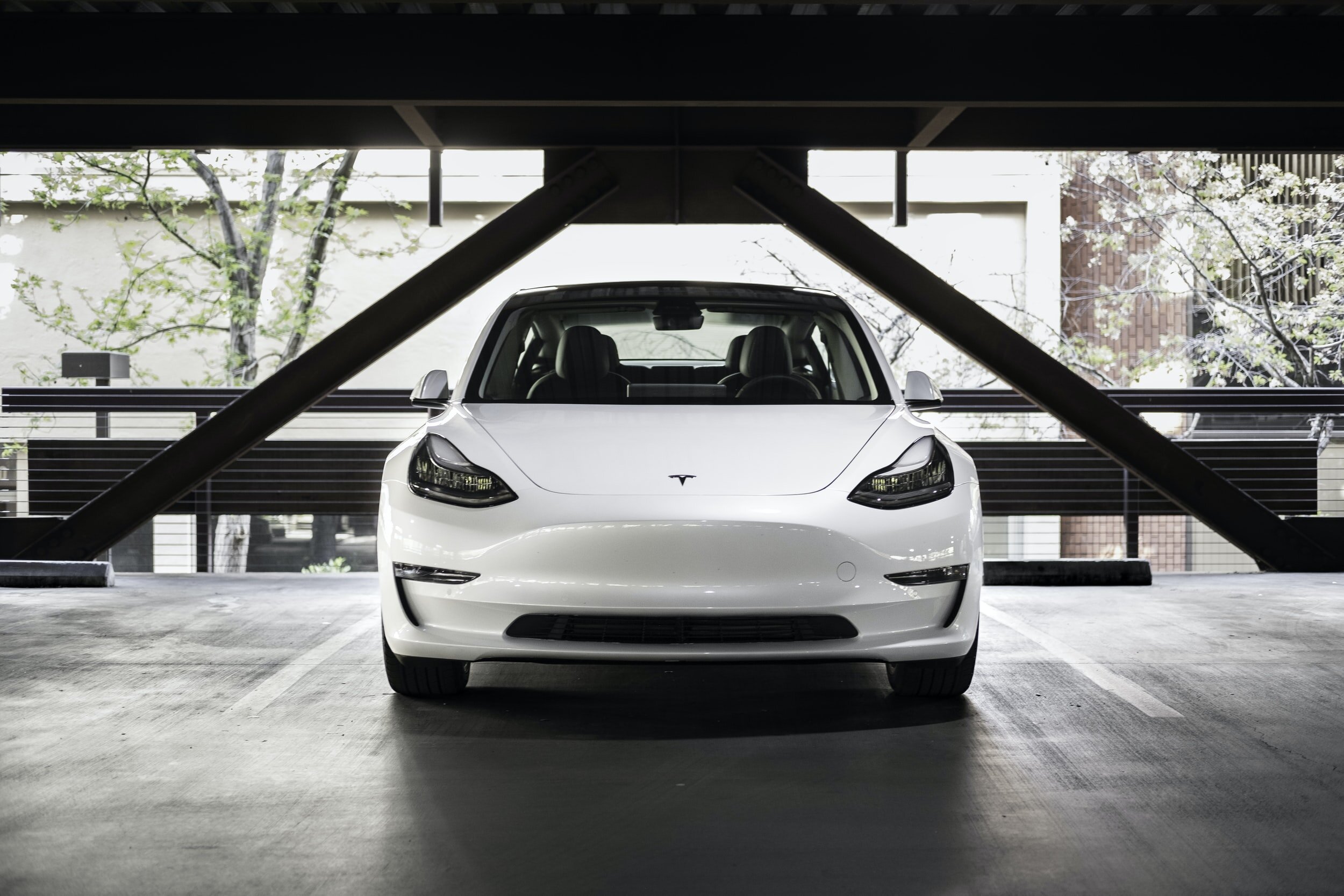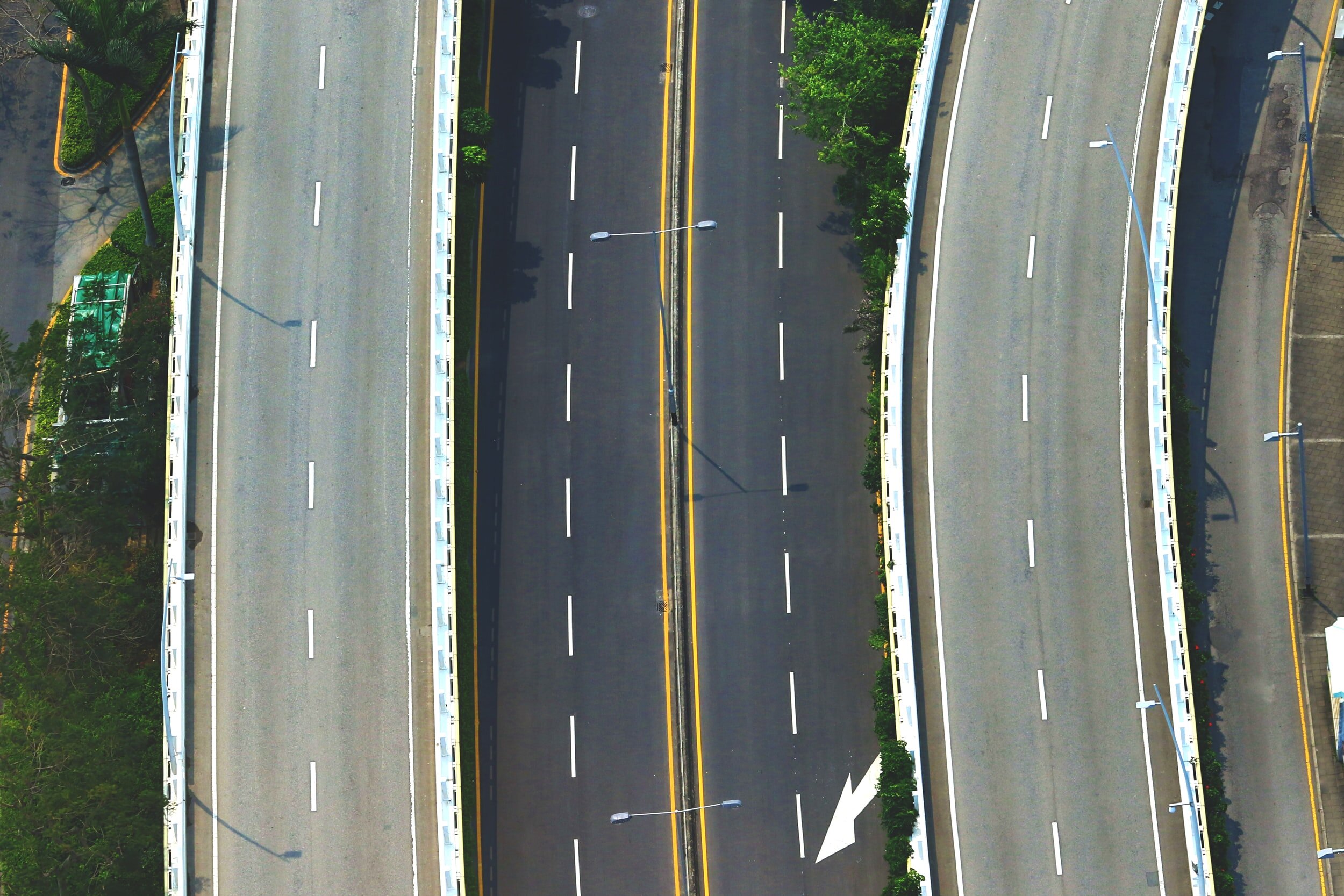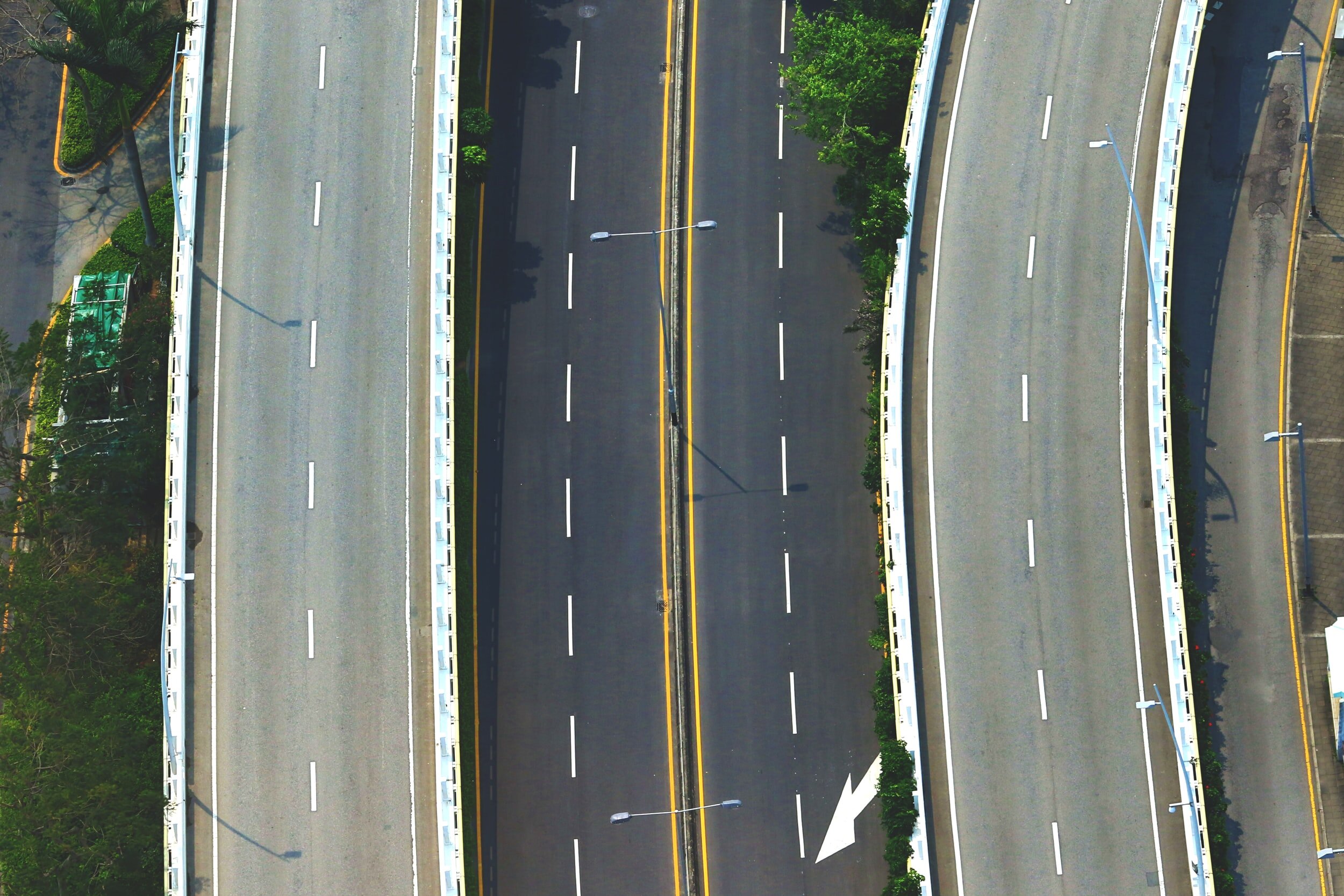Inductive charging for an electric vehicle has been in the news for some time now and also it has been in operation at various sites already. Most of these applications involve the vehicle to be standing still and charge the vehicle while parked. Examples here include the inductive buses in Italy and the test in my hometown Utrecht with a single bus. The bus parks at a special bus stop where it parks for some ten minutes to charge up again, enough for another lap till the next charge. Alternative systems are also in the news, focusing on charging vehicles when they are parked, either in the parking lot or in your garage at home.
On the go
The format which is less in the news is inductive charging while driving. In factories there are many vehicles which move through a plant and get the power through an inductive track in the plant floor. They move about on their own, performing their tasks and never need a moment of rest to recharge; they are powered on the go.

Charging a car while parked, without using any cable?
In a similar fashion this technology can also be applied in public roads. It might still be some time till we see this, but it can’t hurt to just think ahead of the challenges involved. Inductive charging roads would have a lane fitted with an inductive rail. When a vehicle drives over this rail, it gets identified (for example through RFID-like technology) and get charged while driving. A charge like this is not intended to fully charge an empty battery, but merely to top up the battery (effectively, a nett gain in battery power).
Further development
Practical problems associated with these lanes are first and foremost: the financial cost. At the current state of technology, it is very expensive to install such an inductive rail in a road. It is expected that the cost for this technology will come down (that is what generally happens with the cost of technology). To further reduce the cost this inductive lane could be installed at only one of the two lanes, or only in certain sections of the road (a charging lane for example). The second challenge is that the inductive rail is quite narrow and since the effectiveness of the power transfer is best when both the coils are properly aligned, it is very important to drive exactly over this rail. For a human driver this can be quite a challenge, but when a computer would control the vehicle such that it is perfectly covering the rail, this becomes less of a problem. This would be a technology like some advanced form of lane assist.

Lane assist can be tuned to drive exactly over the inductive rail/wire.
All in all I think this is a technology that might be viable in the future. It will very likely be one of the options to charge your vehicle in the future. Besides the normal charge at home, the fast charge at certain public parking lots, there will be special lanes to charge your vehicle on the go.
For more information see the articles listed below:
- Wired
- “Elektrisch Rijden” by RWS (in Dutch)




